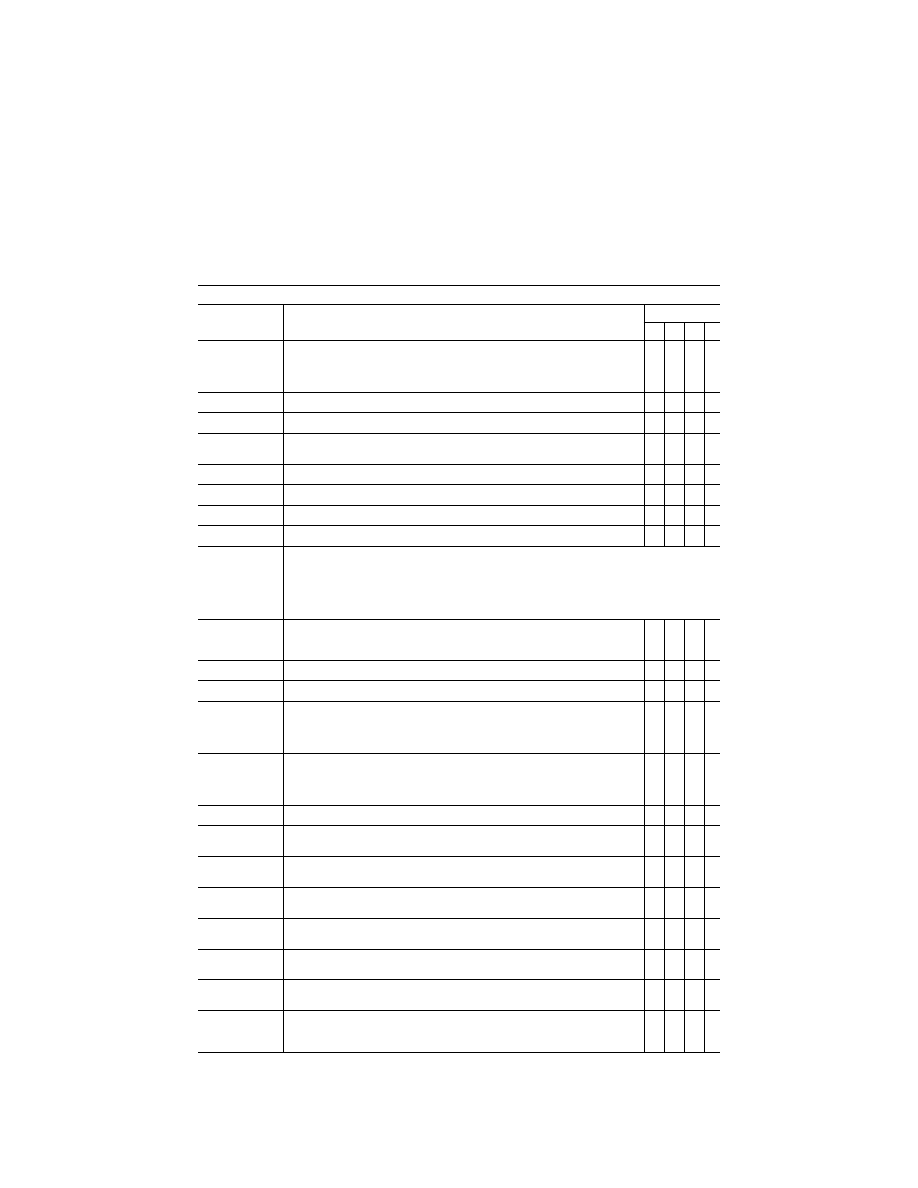
105
Federal Aviation Administration, DOT
Pt. 60, App. A
T
ABLE
A3B—F
UNCTIONS AND
S
UBJECTIVE
T
ESTS
—Continued
QPS Requirements
Entry No.
For qualification at the stated level—Class I airport models
Simulator level
A B C D
1.b. .................
The fidelity of the airport model must be sufficient for the aircrew to visually identify the
airport; determine the position of the simulated airplane within a night visual scene;
successfully accomplish take-offs, approaches, and landings; and maneuver around
the airport on the ground as necessary.
X X
1.c. .................
Runways: ...........................................................................................................................
X X
1.c.1. .......
Visible runway number ......................................................................................................
X X
1.c.2. .......
Runway threshold elevations and locations must be modeled to provide sufficient cor-
relation with airplane systems (e.g., altimeter).
X X
1.c.3. .......
Runway surface and markings ..........................................................................................
X X
1.c.4. .......
Lighting for the runway in use including runway edge and centerline .............................
X
X
1.c.5. .......
Lighting, visual approach aid and approach lighting of appropriate colors ......................
X
X
1.c.6. .......
Representative taxiway lights ............................................................................................
X X
2. ...........................
Functional test content requirements for Level C and Level D simulators. The following is the minimum air-
port model content requirement to satisfy visual capability tests, and provide suitable visual cues to allow
completion of all functions and subjective tests described in this attachment for simulators at Levels C and
D. Not all of the elements described in this section must be found in a single airport model. However, all of
the elements described in this section must be found throughout a combination of the three (3) airport
models described in entry 2.a.
2.a. .................
A minimum of three (3) representative airport models. The model identifications must
be acceptable to the sponsor’s TPAA, selectable from the IOS, and listed on the
SOQ.
X X
2.a.1. .......
Night and Twilight (Dusk) scenes required .......................................................................
X
X
2.a.2. .......
Daylight scenes required ...................................................................................................
X
2.b. ..........
Two parallel runways and one crossing runway, displayed simultaneously; at least two
of the runways must be able to be lighted fully and simultaneously.
Note: This requirement may be demonstrated at either a fictional airport or a real-world
airport. However, if a fictional airport is used, this airport must be listed on the SOQ.
X X
2.c. .................
Runway threshold elevations and locations must be modeled to provide sufficient cor-
relation with airplane systems (e.g., HGS, GPS, altimeter); slopes in runways,
taxiways, and ramp areas must not cause distracting or unrealistic effects, including
pilot eye-point height variation.
X X
2.d. .................
Representative airport buildings, structures and lighting ..................................................
X
X
2.e. .................
At least one useable gate, at the appropriate height (required only for those airplanes
that typically operate from terminal gates).
X X
2.f. ..................
Representative moving and static gate clutter (e.g., other airplane, power carts, tugs,
fuel trucks, and additional gates).
X X
2.g. .................
Representative gate/apron markings (e.g., hazard markings, lead-in lines, gate num-
bering) and lighting.
X X
2.h. .................
Representative runway markings, lighting, and signage, including a windsock that
gives appropriate wind cues.
X X
2.i. ..................
Representative taxiway markings, lighting, and signage necessary for position identi-
fication, and to taxi from parking to a designated runway and return to parking.
X X
2.j. ..................
A low visibility taxi route (e.g., Surface Movement Guidance Control System, follow-me
truck, daylight taxi lights) must also be demonstrated.
X
2.k. .................
Representative moving and static ground traffic (e.g., vehicular and airplane), including
the capability to present ground hazards (e.g., another airplane crossing the active
runway).
X X
VerDate Mar<15>2010
20:48 Jan 30, 2014
Jkt 232047
PO 00000
Frm 00115
Fmt 8010
Sfmt 8002
Q:\14\14V2.TXT
ofr150
PsN: PC150